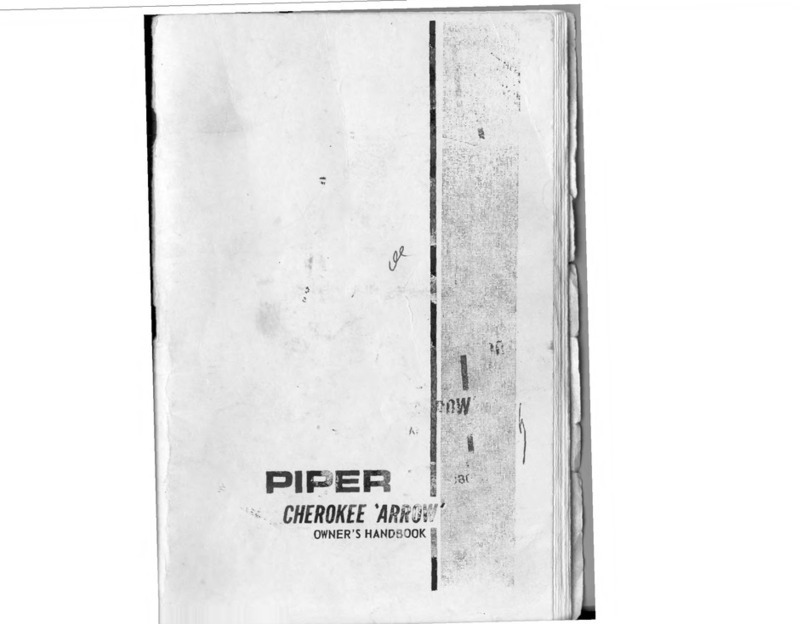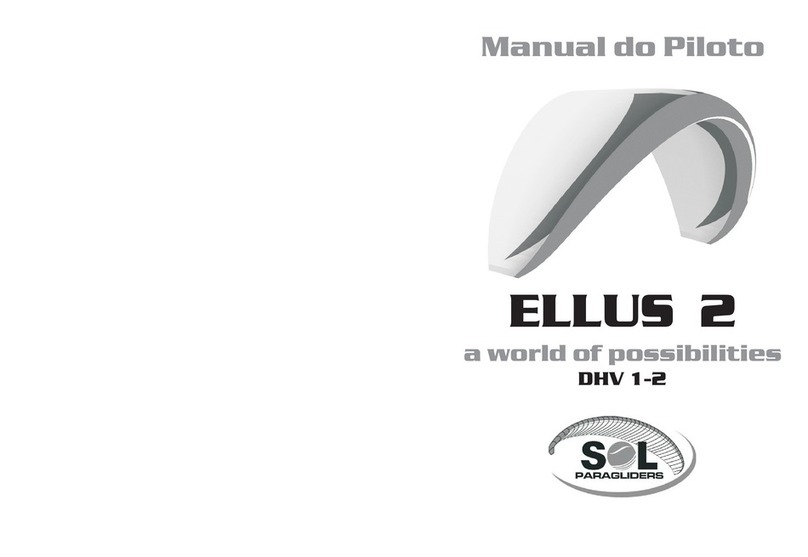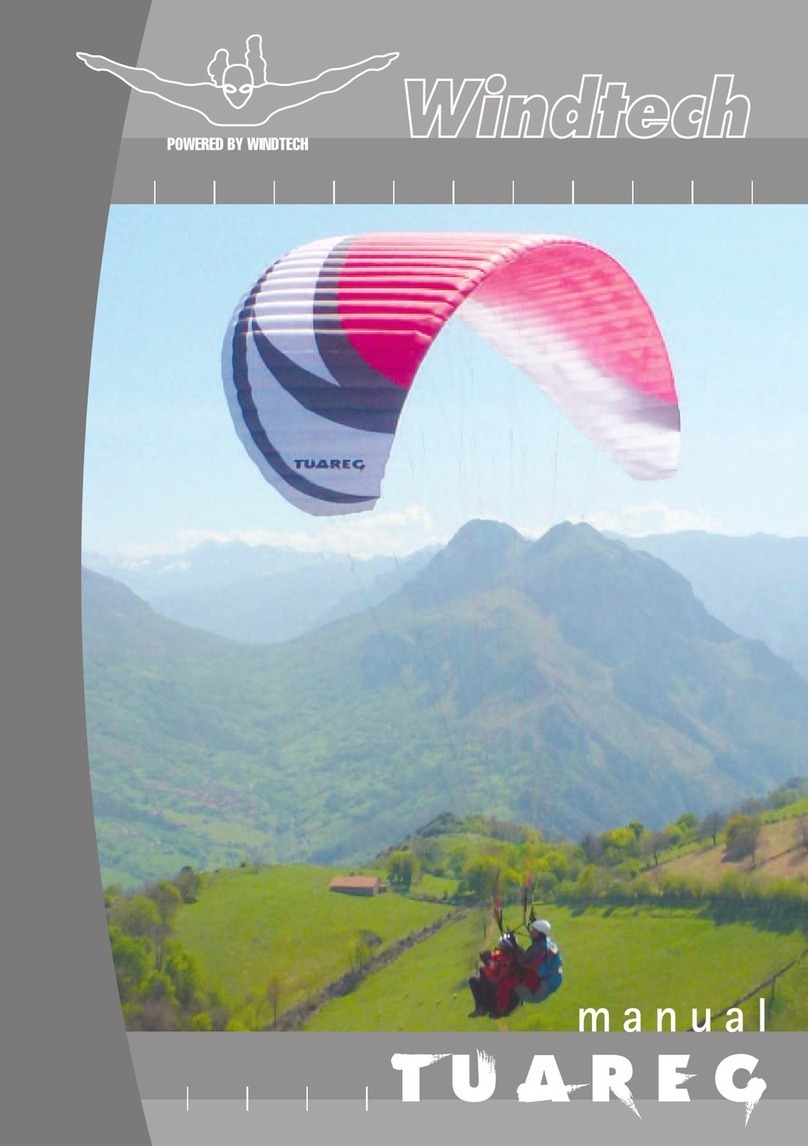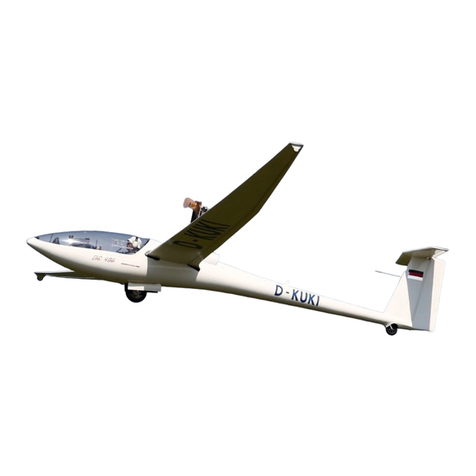PPGPlans Skybolt V2 Instructions for use

Property of www.ppgplans.com – Do not duplicate or make public.
Last Revised Version: January 010
© PPGPlans.com
Skybolt V2
Construction Manual
Revised Version: January 010

Property of www.ppgplans.com – Do not duplicate or make public.
Last Revised Version: January 010
© PPGPlans.com
Skybolt V2 – Construction Manual
Index
Page
Warnings & Disclaimer 3
cknowledgements 3
Tools Used 4
Tips 4
Layout 5
Frame - Center Section 6
Building The Hoop 9
Lower Cage Section 9
Upper Cage Section 11
Hoop Connectors 13
Final ssembly 17
J Bars & Harness 19
Engine Mounts 22
Fuel Tank Mounting 22
Finish 23
ppendix - More Photes 24
ppendix B – List of Materials 26
ppendix C – Other references 27

Property of www.ppgplans.com – Do not duplicate or make public.
Last Revised Version: January 010
© PPGPlans.com
Warnings & Disclaimers.
This product shows how to build a basic frame only for Powered Paragliding. It is the responsibility
of the builders and operators to install any and all safety features they deem necessary for safe
operation of this equipment. There are no industry standards or regulations. You are responsible
for your own safety.
Do not build or fly this product unless you are willing to assume all risks inherent in the sport of
Powered Paragliding and all responsibilities for any property damage, injury, or death which may
result from the use of this product.
Failure to perform a complete and thorough preflight has been a contributing factor to accidents
in all kinds of aircraft. Equipment damage, bodily injury, even death can occur due to equipment
problems not caught in a proper preflight inspection.
cknowledgements
The initial design of the Skybolt V (& V1) frame is credited to Jeff Baumgartner, pioneer of the
self-made paramotor.
Jeff Goin, as president of USPPA and in favor of the growth of the sport worldwide acquired the
rights to the design from Jeff Baumgartner and made available to the public, free of charge on
the website www.ppgplans.com
To all those other handy-men, garage tinkerers and in general, all those involved with the growth
and development of the PPG sport, we acknowledge your support, feedback, critique, pictures,
comments, that have been the basis for developing this manual.
This manual was last revised and updated by Jorge Hidalgo
Final version published on January 2010.

Property of www.ppgplans.com – Do not duplicate or make public.
Last Revised Version: January 010
© PPGPlans.com
Tools Used.
Drill press with table mounted vise.
¾”, 1/ ”, ¼”, 7/3 ” metal drilling tips
Bench mounted vise.
Power cutoff saw with 60 tooth carbide blade.
¾” EMT / ½” rigid electrical conduit bender.
Electric or cordless hand drill.
Hemostat, straight 10 inch.
Files, flat and round.
Various common hand tools.
Tips.
When drilling the ¾ inch holes in the square tubing, extreme accuracy is necessary, in both
location from the end of the tube and being centered on the tube for good fit and finish.
Use a metal cutting saw (hack saw) for cutting chromoly, a carbide tipped power cutoff saw is
fine for aluminum, but will destroy itself on chromoly.
Make sure your work surface is flat.

Property of www.ppgplans.com – Do not duplicate or make public.
Last Revised Version: January 010
© PPGPlans.com
Layout
Starting with an 8x4 foot sheet of at least ½ inch thick plywood, cut an 18x48 inch piece and two
x48 inch pieces off of one end. From the two inch strips, cut a bunch of x4 inch blocks for
hold down purposes later.
Center the 18x48 inch piece along the edge of the 74x48 inch piece to make a work area large
enough for the layout drawing. Scale up the layout drawing on this work surface.
Pictures of a flatbed trailer used as a work surface.

Property of www.ppgplans.com – Do not duplicate or make public.
Last Revised Version: January 010
© PPGPlans.com
Frame: - Center Section
Tip: The 0.750 (3/4”) chromoly tubes generally fit snug into the ends of the square aluminum
tubes, if they do not, slightly dent in one side of the square tube, just enough to hold the
chromoly tube in place.
Tip: If your vertical tubes are just short of 36 inches do not worry, just be sure the ¼ inch hole for
the diagonal brace is 7 5/8 inches up from the BOTTOM of the vertical tube to keep things square.
The rest of the measurements should be from the top of the vertical tube.
1) Drill all of the ¾ inch holes in the square tube parts.
Tip: Do not try to do the ¼” holes yet, as they will require the round tubes to be inserted first
to allow for precise alignment.
Tip: On the bottom horizontal square tubes, have the holes go all the way through both sides,
this way the steel on the vertical square tubes will have another anchor point to prevent it
from possibly moving within the square tube.
) Insert the two 5 ½” chromoly tubes 1 ½ inches into the ends of one of the 14 3/8” long
connecting tubes. Insert the two ½ inch x 0.058 wall chromoly tube 1 ½ inches into the
second 14 3/8” connecting tube. Be sure to use the 0.058” wall chromoly in the second one
for an optional weight shift kit later.
3) Insert the 1st connecting tube with 5 ½ inch chromoly inserts into the ¾” hole that is 8 ½
inches from the top of one of the 36 inch long square vertical tubes. Then the second
connecting tube with the 0.058 wall chromoly into the lower ¾ inch hole in the vertical tube.
Then one end of the 16 3/8 chromoly tube into the top ¾ inch hole in the vertical tube. Now
install the second vertical tube onto the assembly.

Property of www.ppgplans.com – Do not duplicate or make public.
Last Revised Version: January 010
© PPGPlans.com
4) Insert two 3 ½ inch x 0.035 wall chromoly tubes into the top square openings of the 35 5/8
long vertical tubes 1 ½ inches, leaving inches sticking out. Insert two ½ chromoly tubes
into the bottom of the vertical tubes, leaving 1 inch sticking out.
5) Temporarily install the two lower square horizontal tubes onto the bottom of the vertical tubes
using the ¾ inch hole drilled closer to one end of the horizontal tube; this should leave
approximately ¼ of an inch of the horizontal tube sticking out in front of the vertical tube. The
diagonal brace tubes will be installed later.

Property of www.ppgplans.com – Do not duplicate or make public.
Last Revised Version: January 010
© PPGPlans.com
6) Remove the horizontal square tubes from the bottom of the center section, lay the rest of the
center section on the flat surface, use blocks screwed down to hold in place, make sure all
joints are tight and all chromoly inserts are in place
7) Drill ¼ inch holes ½ inch in from each side of joints in square tubing. Lift the assembly out and
use AN4-14A bolts to bolt together (1 bolt, washers & 1 nut per hole) Leave the bottom
square tubes off yet.

Property of www.ppgplans.com – Do not duplicate or make public.
Last Revised Version: January 010
© PPGPlans.com
Building the Hoop
Tip: It is advised to buy at least one 10 foot length of cheap ½ inch thinwall steel electrical
conduit and make some practice bends with this before attempting the bends on the aluminum.
This will give you a good feel for it and decrease the odds of a mistake by a large margin.
All tubing mentioned in this section is round aluminum, 0.058” wall unless otherwise noted.
Lower Cage Section (2 Pieces)
1) Start with a 6 foot piece of 0.875 tube. At one end, make the 50 degree reference bend Note:
On “lower hoop reference bend” drawing, forget the measurements on that drawing, they
mean nothing.
) Insert the 1 inch chromoly tube into the end near the bend and place the tubes on the layout
surface with the top of the chromoly tube on the straight line below the hoop circle.
3) Slide this whole assembly side ways as needed until the 0.875 tube meets the inside hoop
diameter line on your layout surface. You may need to tweak the reference bend if this does
not work out due to the radius of your specific bender.
4) Form the remaining 0.875 tube with a series of VERY small bends with the conduit bender to
shape the tube to match the inside hoop diameter line on the layout surface until it points
straight upwards at the 3 or 9 o’clock line on the surface.
5) Cut the 0.875 tube off 3 inches above the 3 or 9 o’clock line. The remaining tubing will make
one top radial tube.
Now you can hold the tube in place (use ” x 4” blocks screwed down) on the surface and mark
it at the outside of edge of diagonal brace line on the layout surface
BE SURE THERE IS ENOUGH STRAIGHT TUBE LEFT BELOW THE BEND TO PLUG THE CHROMOLY
BOTTOM TUBE IN,
6) Remove the chromoly tube and cut the 0.875 tube off at the outside edge of diagonal brace
mark on your work surface.
7) Repeat this process for the other lower hoop tube.

Property of www.ppgplans.com – Do not duplicate or make public.
Last Revised Version: January 010
© PPGPlans.com
Remember, if you bend a tube too much, you can always rotate it 180 degrees in the bender and
straighten it back out with a series of very small bends in that area. To make these curved hoop
sections, you are using the conduit bender to FORM the tube, rather than bend the tube.
TIP: It is fairly easy to straighten a tube that does not lay flat by inserting a tube in each end and
twisting it, much easier with a second person to help. By being careful to bend straight, the
twisting is avoidable.
Tip: Once again, it is strongly recommended to practice these bends on some thinwall conduit, it
is very cheap and will save you money in the end.

Property of www.ppgplans.com – Do not duplicate or make public.
Last Revised Version: January 010
© PPGPlans.com
Upper Cage Section (2 Pieces)
1) Take a 6 foot piece of 0.750 and form it with a series of small bends with the conduit bender
to match the inside hoop diameter circle. It is best to start with the whole 6 foot length and
mark it at 3 feet for cutting later, this will save waste. Start at one end and form the tube past
the 3 foot mark as far as possible. Cut it off at the 3 foot mark and continue to bend the
second half. Be sure to watch that the tube remains as straight as possible when it exits the
bender, keep it aligned with the handle of the bender.
) Once you have the two 0.750 sections formed, lay them on the surface and screw down some
blocks to hold them in place along the inside diameter line. Do not attempt to plug them into
the 0.875 tubes yet, just lay them above the 0.875 tubes and let them run past the and 10
o’clock positions at the top.
3) Next bend your 4 radial tubes out of 0.875 tube, making the top ones from what you have left
from the lower hoop sections.
4) Next slide the short ends of the radial tubes onto the chromoly stubs, Slide the radial tube to
hoop connectors into the longer ends of the radial tubes, 0.750 radius connectors in the top

Property of www.ppgplans.com – Do not duplicate or make public.
Last Revised Version: January 010
© PPGPlans.com
radial tubes and 0.875 radius connectors in the side radial tubes, temporarily hold them in
place with tape. Lay the entire assembly over the layout surface with hoop tubes in place. Use
a box or an object about 9 7/8” tall to hold up the bottom of center section. Line up the radial
tubes with connectors on top of the hoop sections where they meet the 60 degree lines.
Making sure all joints are tight on both ends of the radial tubes, check to make sure the side
radial tubes are straight above the lines on the surface. Also be sure the bottom of the center
section is centered, and remains centered throughout the rest of the build. Use a framing
square to check from the surface up to the center section. Use concrete blocks or build a
wood frame to hold it in position from side to side. Let the radial tubes determine the height.
5) Now be sure the two lower hoop sections are in place on the surface with the 1 inch
chromoly tube floating between them (inserted but not permanently connected) with the
lower ends of the lower hoop sections at the Outside edge of diagonal brace line.

Property of www.ppgplans.com – Do not duplicate or make public.
Last Revised Version: January 010
© PPGPlans.com
Hoop Connectors
1) Once the center section and radial tubes are in place on top of the hoop with the 4 radial
tubes to hoop connectors on the 60 degree lines, use a sharp marker or pencil and mark the
lower hoop tubes by tracing around the tube to hoop connectors and marking the tube to cut
off 1 inch above the connector. Be sure everything is in place. Mark the connector locations on
both lower hoop tubes.
) Now remove the lower 0.875 hoop section. Cut the lower 0.875 section off 1 inch above the
connector outline. Use a file and round off the cut end inside and out, you do not want any
sharp edges that can come in contact with your paraglider lines.
3) Next take the 0.750 upper hoop section and cut off any straight end of the tube (it is
impossible to bend the curve all the way to the end of the tube)
NOTE: BE SURE THE TUBE IS AT LEAST INCHES LONGER THAN THE DISTANCE BETWEEN
THE 60 DEGREE LINES WHEN IT IS LAYING ON THE WORK SURFACE ALONG THE INSIDE HOOP
DIAMETER CIRCLE.

Property of www.ppgplans.com – Do not duplicate or make public.
Last Revised Version: January 010
© PPGPlans.com
4) Insert the 0.750 tube at least 1 inch into the 0.875 tube; you may need to reshape the ends of
the tubes to accomplish this by squeezing them in a vise. A small amount of grease works
wonders here. Mark the tubes so you can always make the same joint for the rest of the build.

Property of www.ppgplans.com – Do not duplicate or make public.
Last Revised Version: January 010
© PPGPlans.com
5) Now you can remove the connector from the side radial tube, place it on the lower hoop tube
where you traced around it, use a center punch through the center of the connector to mark
the tube. Drill a 7/3 hole on this mark through one wall of the tube only and bolt the
connector to the tube using the half round anchor inside of the tube. This is where is
hemostat comes in handy to hold the nut inside of the tube.
Repeat these procedures for the other lower hoop tube. Then use the same procedures for
installing the connectors to the 0.750 hoop section, being sure they slide into the lower sections

Property of www.ppgplans.com – Do not duplicate or make public.
Last Revised Version: January 010
© PPGPlans.com
all the way to the connector anchors. Now you can form the top 0.6 5 hoop tube, be sure it
slides into the 0.750 tube all the way to the anchor, insert a pencil or nail into the other 0.750
tube and determine where the end of the anchor is and mark it on the outside of the tube. Mark
and cut off the 0.6 5 upper tube to length.
Once again being sure the lower part of the center section is in place above the layout surface.
Also being sure all joints at both ends of radial tubes are tight, you can now drill the ¼ inch holes
½ inch from the ends of the radial tubes, all the way through for double button clips, do your
best to drill these straight and centered, the clips will work better. Insert the clips.
Finished radial tube and hoop joints

Property of www.ppgplans.com – Do not duplicate or make public.
Last Revised Version: January 010
© PPGPlans.com
Final ssembly
1) Remove the hoop and radial tubes from the center section. Re-install the bottom horizontal
square tubes to the bottom of the vertical square tubes. Slide the 1 inch chromoly bottom
hoop section through the holes at back of the bottom square tubes, roughly centered. Slide
the square diagonal brace tubes onto the 1 inch chromoly tube tight to the bottom square
tubes. Install the two AN4- 4A bolts through the vertical tubes and the diagonal brace tubes
with a large area washer on each side.
) Check that everything on the lower section is square and the 1 inch chromoly tube is
centered and drill and bolt the connections at the bottom of the vertical square tubes. Also
bolt the 1 inch chromoly tube to the bottom horizontal square tubes. Use AN4-14A bolts to
bolt together (1 bolt, washers & 1 nut per hole)
Note: You can also bolt the diagonal brace tubes to the 1 inch chromoly tube but it is not
necessary as the lower hoop tubes will trap them in place.

Property of www.ppgplans.com – Do not duplicate or make public.
Last Revised Version: January 010
© PPGPlans.com
3) Stand the frame up and install the radial tubes and cage hoop, make sure everything looks
straight and square. Look at it from the side and check that the hoop is straight. If it is a bit
warped looking you may need to adjust the radial tube to hoop connectors by loosening them
a bit and twisting that hoop section. Once you are satisfied you can drill the 7/3 holes
through one wall of each of the tubes being connected to hold the hoop section joints in
place above the radial tubes with the single button clips. Finally drill the ¼ inch hole all the
way through for double button clips to connect the lower hoop sections to the bottom 1
inch chromoly tube.

Property of www.ppgplans.com – Do not duplicate or make public.
Last Revised Version: January 010
© PPGPlans.com
J Bars & Harness
For Paracruiser, Aerothrust, Blackhawk, Miniplane and Fantom harnesses.
Flatten the end of the J bar closest to the harness in a vise. Flatten this end 90 degrees to the
small hole. It does not need to be closed tight, only about halfway closed. File all sharp edges nice
and round, this flat end will slide into the pocket on the harness webbing, you want no sharp
edges there.
For locating the position of the hole, it is best to have your harness and slide the J bar into the
pocket and mark your holes location. Drill a 7/3 ” hole, use a 10-3 flathead bolt through the
grommet on the harness and through the J bar, with a nylock nut on the backside. Cut off and
bolt protruding past the nut and file smooth.

Property of www.ppgplans.com – Do not duplicate or make public.
Last Revised Version: January 010
© PPGPlans.com
Note: For Fly Products harnesses, a J bar with different dimensions is needed. A drawing for this J
bar will be available in the future. Also needed are the plastic J bar ends available from
www.aerolight.com for the webbing to slide through.
Slide the long straight part of the J bars into the protruding ends of the diagonal braces all the
way to the bolt. This can be a challenge as the J bar can be a tight fit in the square tube. File or
grind a nice bevel on the end of the J bar, use a Scotch Brite pad or steel wool to remove the
coating on the chromoly, use some grease and just twist and turn until the J bar bottoms out on
the bolt. It can be done! Drill a ¼ inch hole through the diagonal brace and J bar and install a
double button clip or AN4-14A bolt. (Picture 16)
Table of contents
Popular Aircraft manuals by other brands
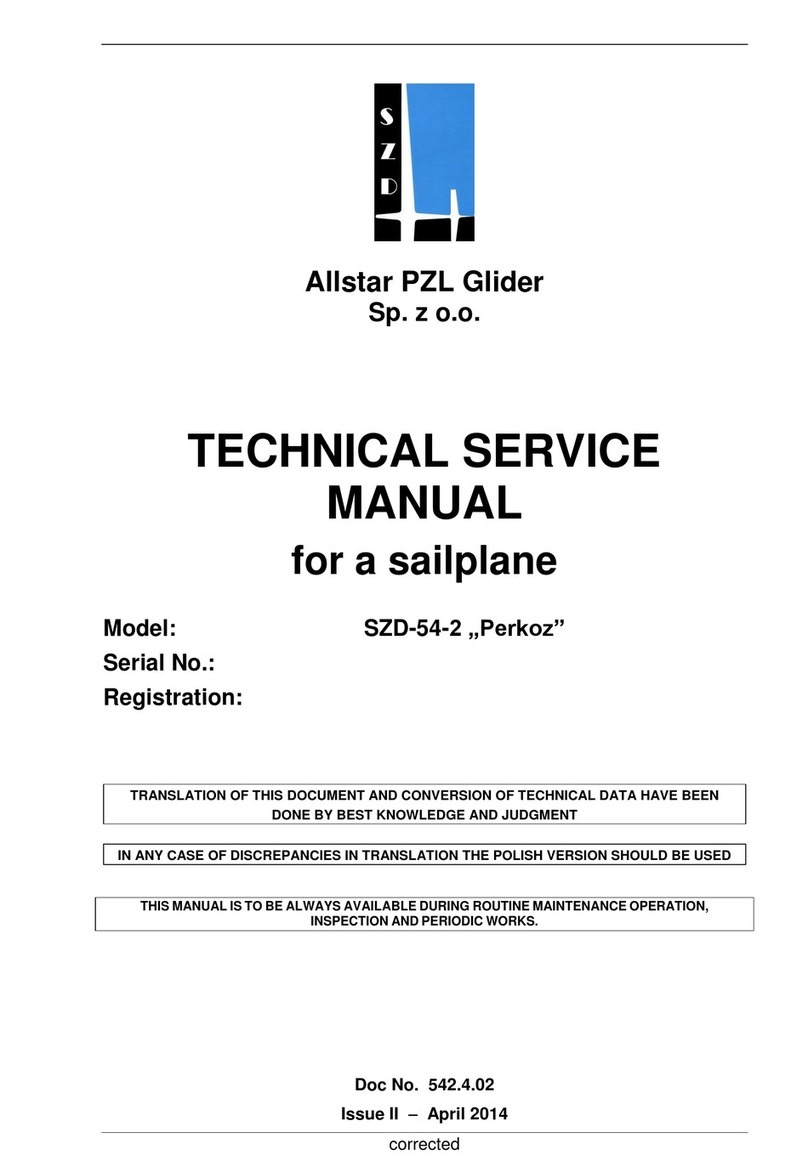
Allstar PZL Glider
Allstar PZL Glider SZD-54-2 Perkoz Technical & service manual

Piper
Piper Turbo Saratoga PA-32-301T Pilot's manual
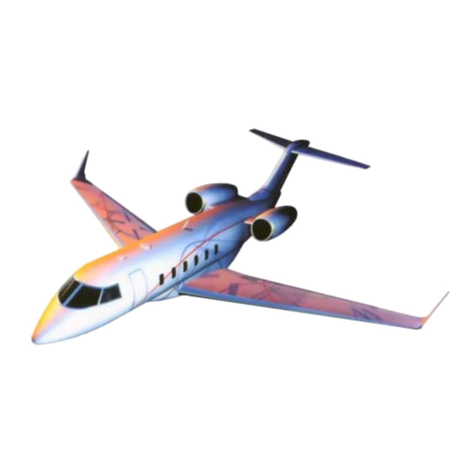
BOMBARDIER
BOMBARDIER BD-100-1A10 operating manual
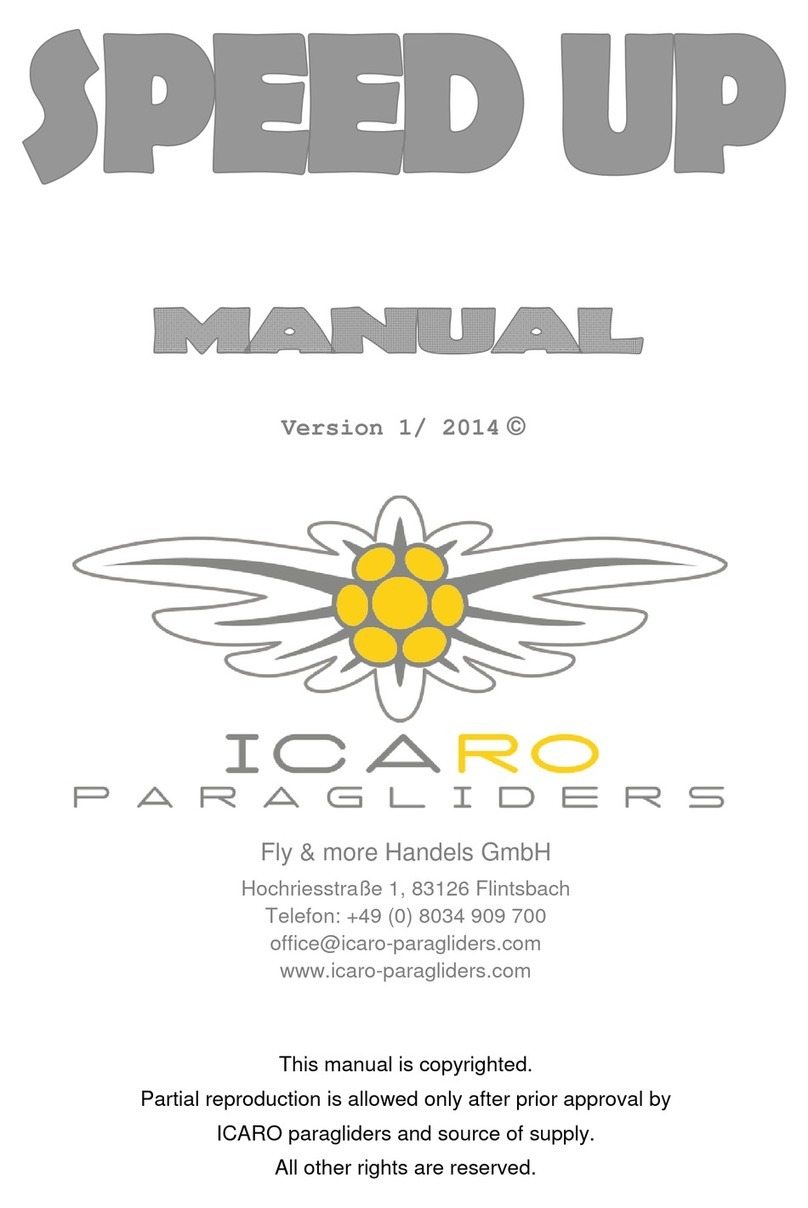
ICARO paragliders
ICARO paragliders SPEEDUP manual

Premier Kites
Premier Kites Vector Canard Sport Citrus manual
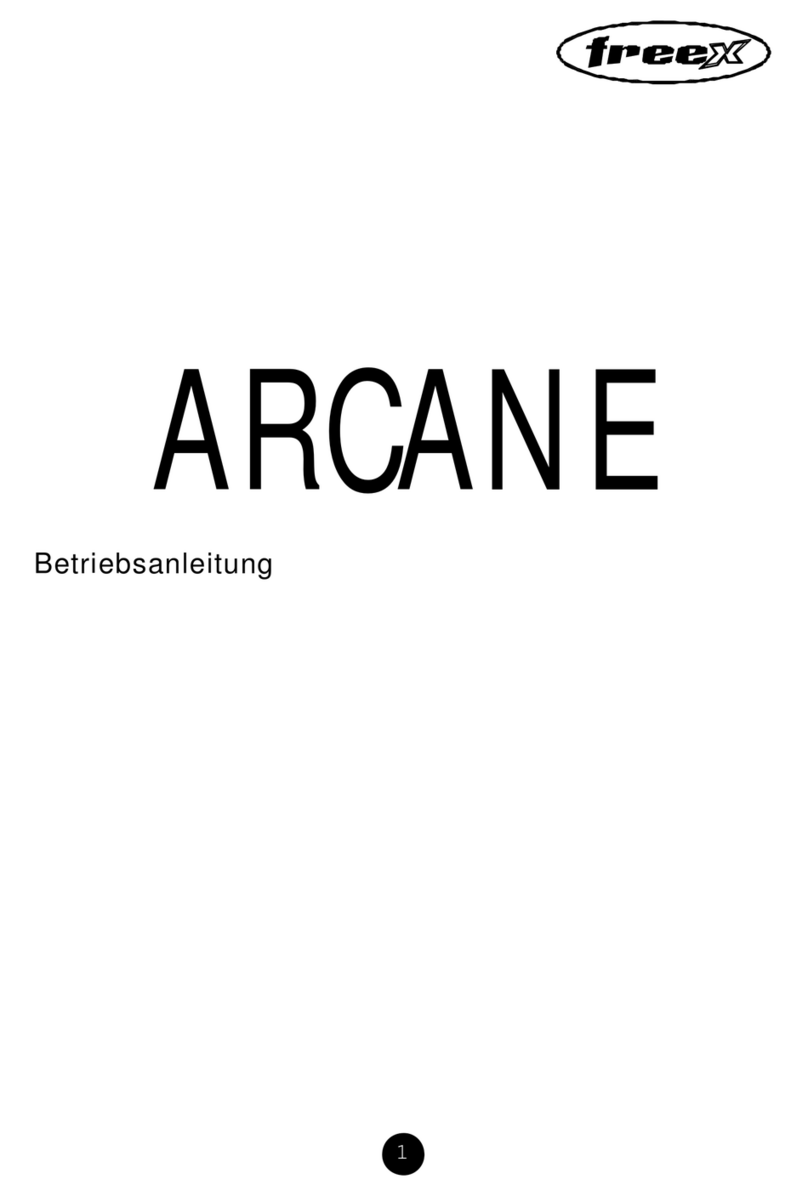
FreeX
FreeX ARCANE owner's manual
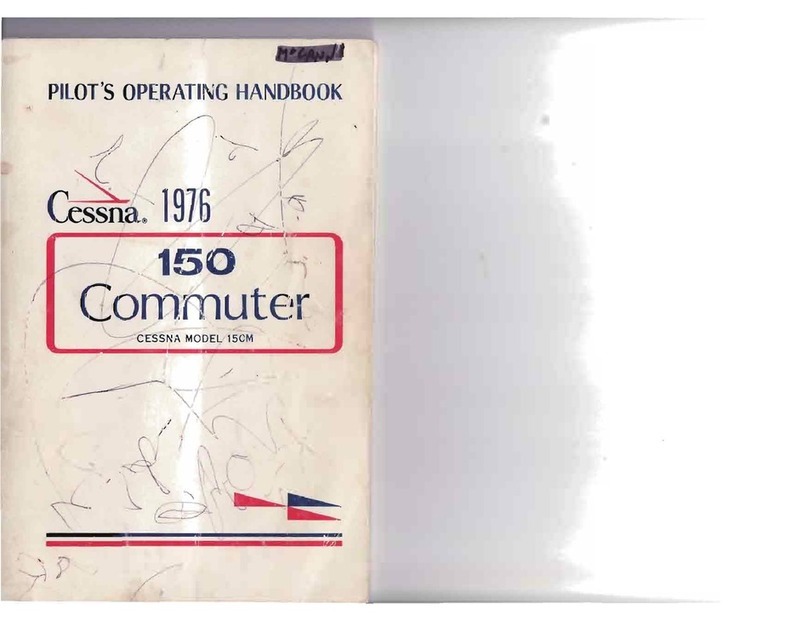
Cessna
Cessna 150 COMMUTER 1976 Pilot operating handbook
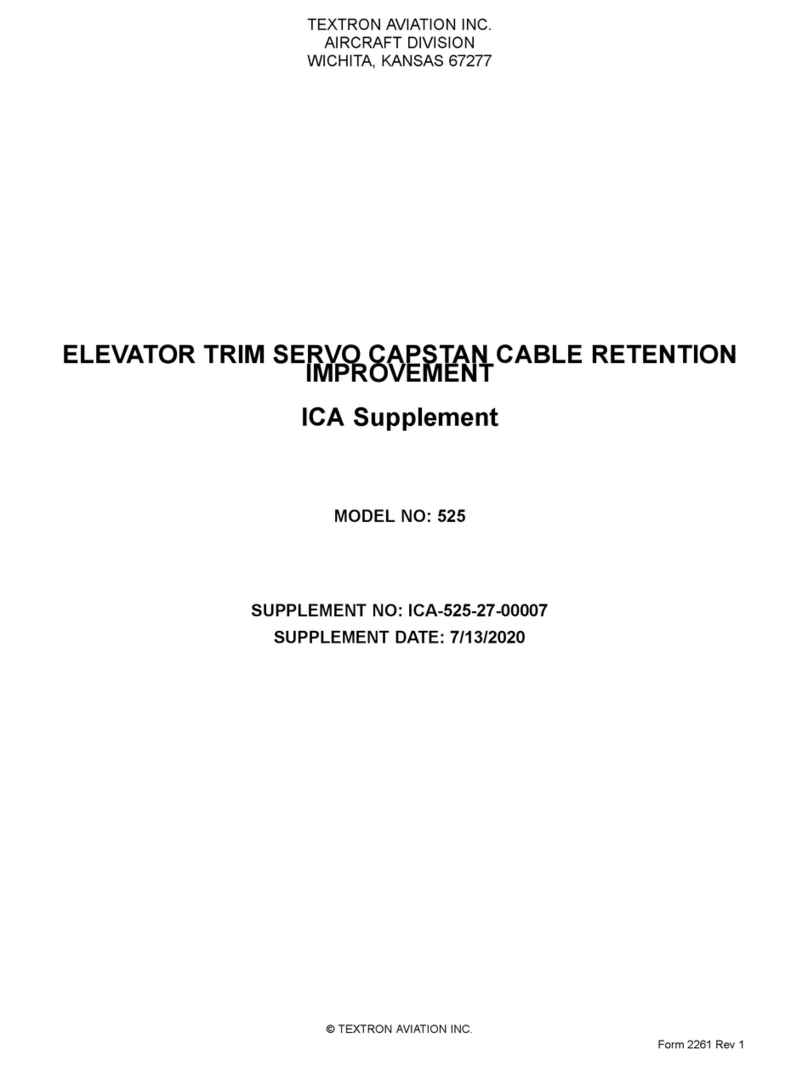
Textron Aviation
Textron Aviation Cessna 525 Maintenance manual
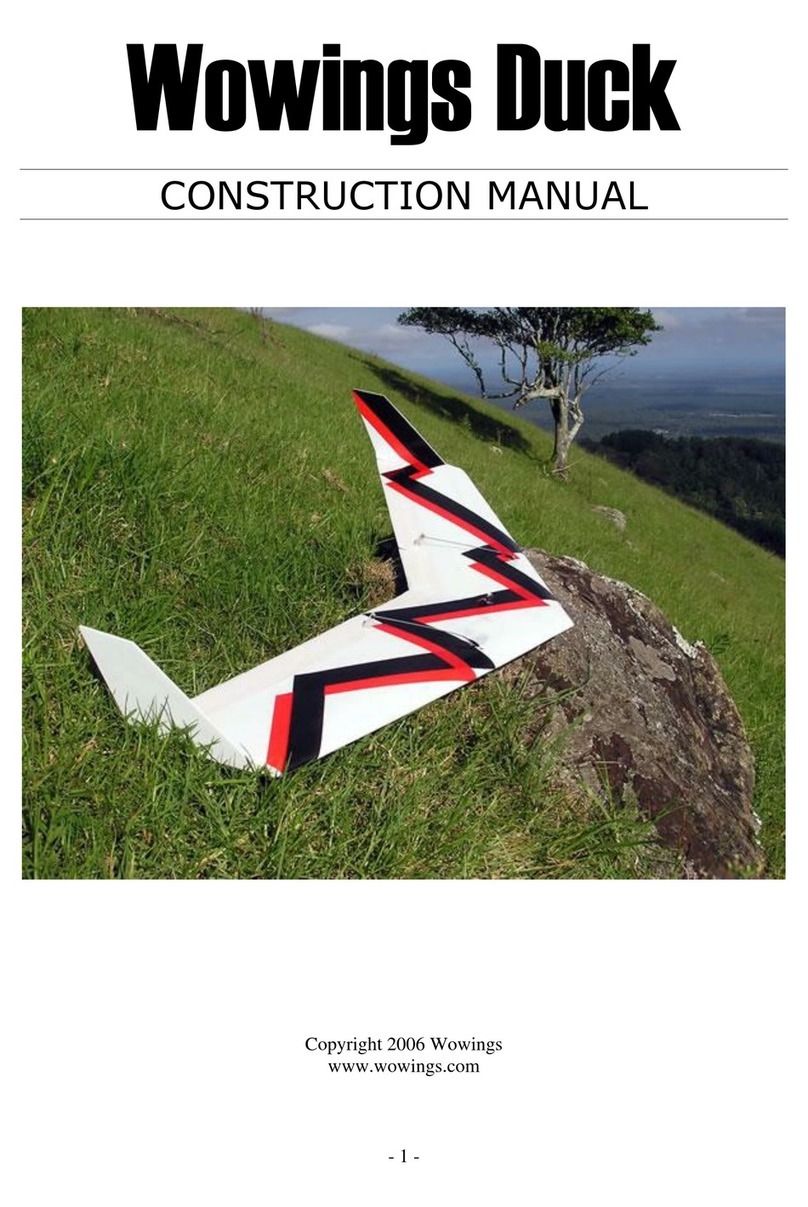
Wowings
Wowings Duck Construction manual
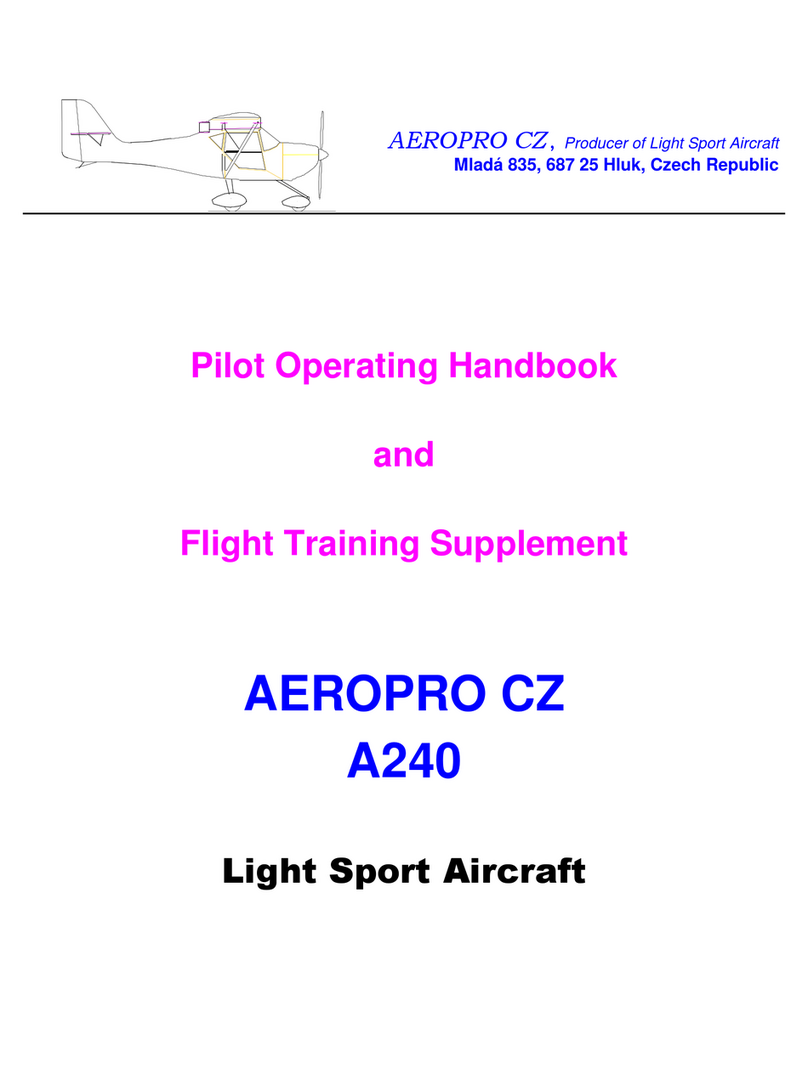
Aeropro
Aeropro CZ A240 Pilot's operating handbook and flight training supplement
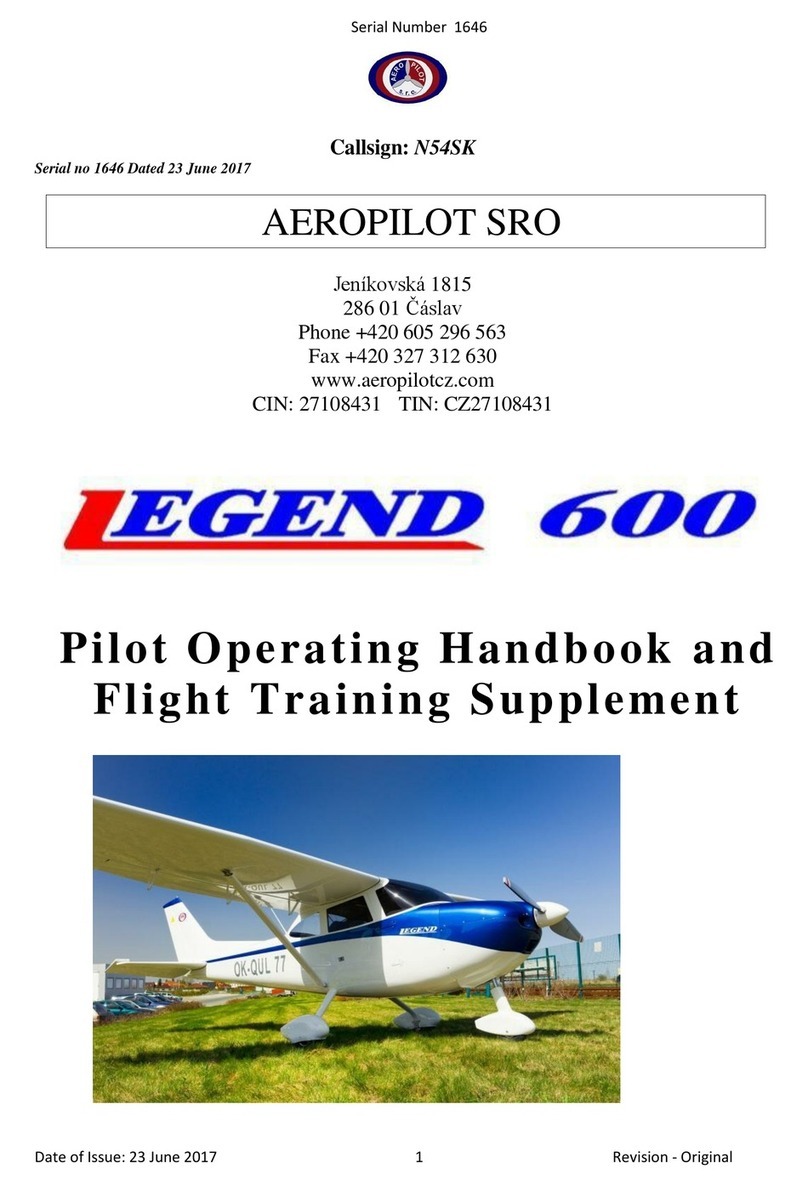
Aeropilot-SRO
Aeropilot-SRO Legend 600 Pilot operating handbook and training manual
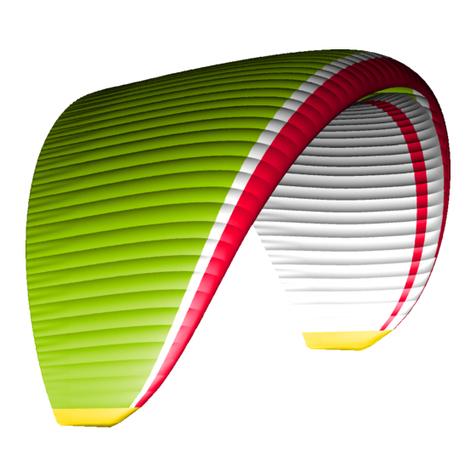
Nova
Nova MENTOR 5 manual
